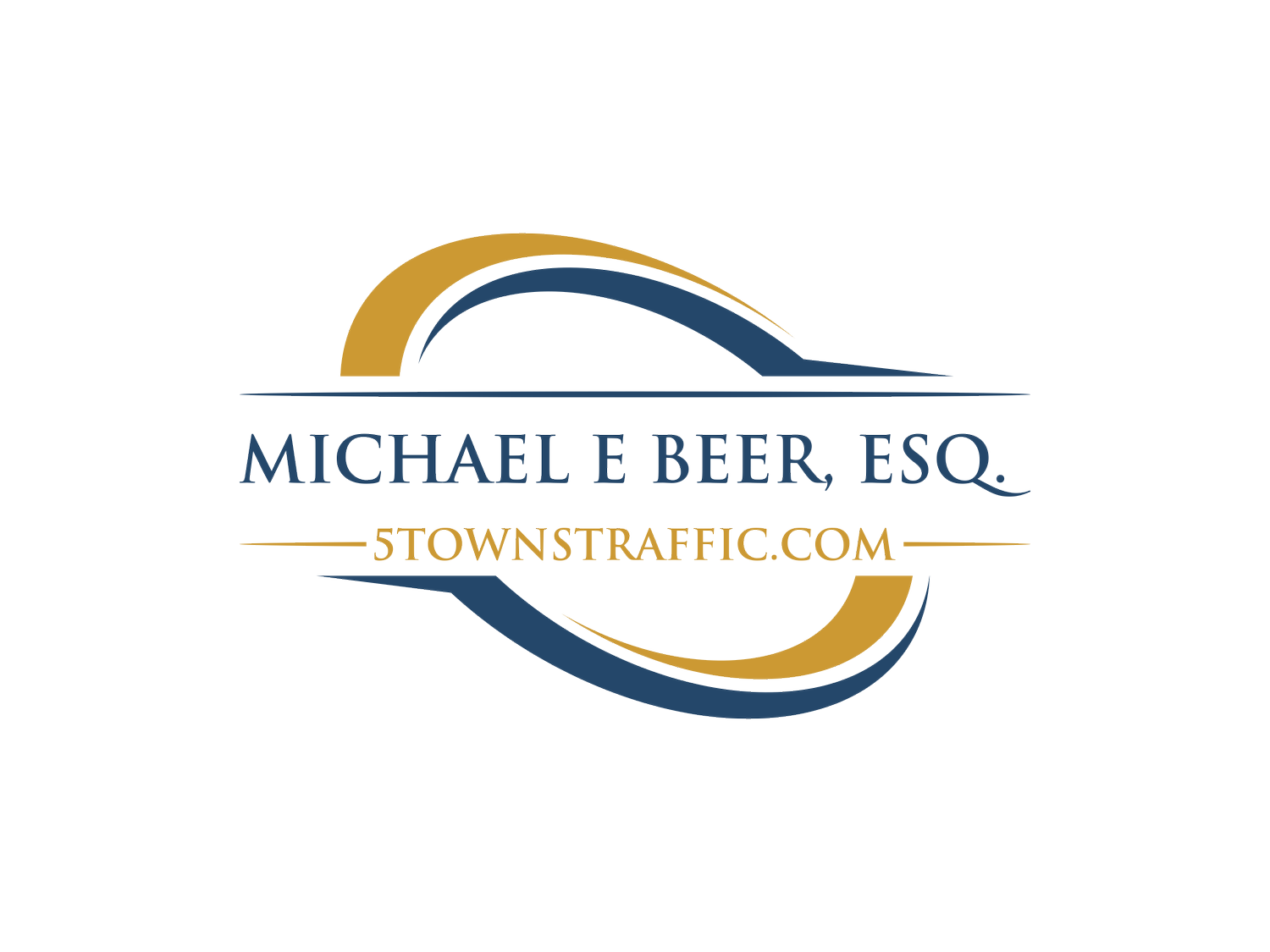Navigating New York Congestion Pricing: What Drivers Need to Know
New York congestion pricing is trying to reshape how drivers navigate New York City. As the first U.S. city to implement congestion pricing, NYC is hoping to address traffic congestion, air quality, and public transportation funding with a toll system targeting vehicles entering the busiest parts of Manhattan. If you're a frequent driver in New York, it's crucial to understand how the system works, which areas are affected, and how to adapt to this new charge.
What Is New York Congestion Pricing and How Does It Work?
New York congestion pricing is a new tolling system designed to reduce traffic congestion in Manhattan's busiest areas, mainly south of 60th Street. The goal is to improve traffic flow, reduce air pollution, and fund public transportation initiatives. Under the system, vehicles entering the designated congestion zone will incur a toll based on factors like time of day and traffic conditions.
Many people wonder, “How does NYC congestion pricing work?” Essentially, vehicles are charged when entering the toll zone. The system tracks vehicles using electronic toll collection. Drivers place a transponder in their cars or are captured through license plate recognition cameras. Charges may vary depending on the time of day, with higher fees during peak hours to discourage unnecessary travel during the busiest periods.
The toll system was implemented a few months ago, and is the subject of much controversy.
NYC Congestion Pricing Map: Which Areas and Roads Are Tolled?
The NYC congestion pricing map highlights which roads and areas will be subject to the toll. Basically, vehicles traveling south of 60th Street in Manhattan will be affected, including those exiting major routes like the FDR Drive and West Side Highway and entrances from major bridges like the Brooklyn and Queensboro Bridges.
The toll will be enforced at the busiest points, including near key landmarks like Times Square, the Financial District, and the East and West Villages. This means commuters, tourists, and delivery services will all be affected as they enter the heart of Manhattan. While this tolling system primarily targets vehicles entering these congested zones, certain exceptions may apply, so it's essential to understand the full scope of the NYC congestion pricing map before your trip.
NYC Congestion Pricing Exemptions: Who Doesn't Have to Pay?
Although there are waivers for congestion pricing in NYC, they apply to very few vehilces. Some vehicles, such as ambulances, public transport buses, and cars meant for disabled individuals, might not need to pay tolls. Vehicles that are affiliated with particular initiatives, such as ride-sharing services or delivery fleets, could also be allowed exemptions under specific circumstances.
All drivers must know about possible exemptions so that they can use them when suitable. Most cars entering marked toll zones, however, must pay the fee. Drivers need to get acquainted with in-depth instructions to prevent unanticipated expenses.
How Drivers Can Adapt to the NYC Congestion Charge
To adjust oneself to the congestion charge in NYC, it is essential to understand the toll system and arrange your journeys accordingly. Some suggestions for managing these changes include:
Preparation: Look at the NYC congestion price map and know which places will be impacted. If possible, change your route to escape from the crowded area, mainly during high traffic times.
Make Use of Public Transport: The money collected from congestion pricing improves public transport. Consider using the subway or bus systems. They may be more comfortable and cheaper than driving a car alone.
Invest in Technology: Consider acquiring a transponder or signing up your vehicle for more effortless toll payments. This can benefit you in terms of saving time and reducing costs, particularly with the latest electronic system for collecting tolls.
Keep Information Current: Be aware of any modifications and new exceptions in congestion pricing that might be relevant to you. You can steer clear of unexpected situations by paying attention to the news and local traffic bulletins.
Congestion pricing in New York shows a significant change in how the city handles traffic. It might bring difficulties for drivers, but this fee system is trying to improve the environment and give more public transportation choices. If drivers prepare themselves, know about zones where they must pay, and use provided exemptions, they can easily manage this new setup. Keep yourself updated and prepare for the forthcoming alterations to prevent avoidable fees and enhance your journey's efficiency.
Need legal advice from an experienced lawyer? 5Towns Traffic is here to help. Contact us for more information today.
